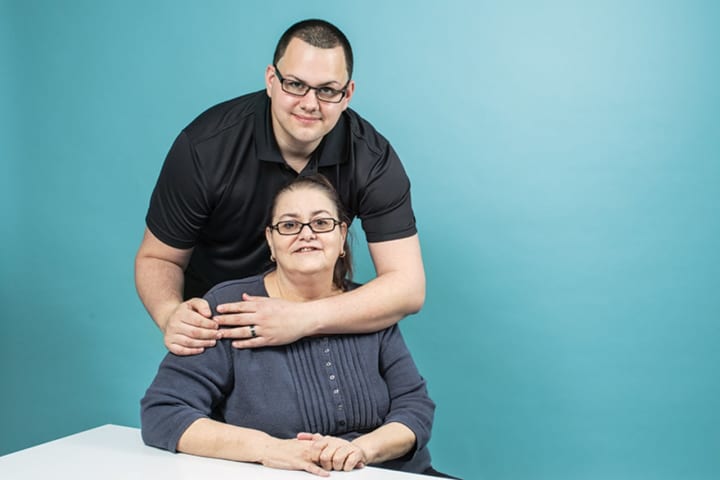More than 29 million people in the United States have diabetes, the most common cause of kidney failure. Our kidneys keep our bodies balanced; they remove waste products and extra water, help manufacture red blood cells and help to control blood pressure.
Kidney failure means that 85 to 90 percent of your kidney function is gone and your kidneys cannot work well enough to keep you alive. Each year, between 14,000 and 15,000 people have a kidney transplant, with more than 100,000 waiting.
While dialysis can effectively manage irreversible kidney failure, it’s far from perfect. “For anyone on dialysis, the sooner the transplant the better,” said Roma’s physician, Thomas Diflo, Director of Renal Transplantation at Westchester Medical Center. “Long-term survival is much improved with a new kidney. For an insulin-dependent diabetic on dialysis, the five-year survival rate is 20 percent; with a kidney transplant it’s 80 percent.”
Moreover, for many people, a kidney transplant affords them a better quality of life than dialysis, according to the National Kidney Foundation, since it may mean greater freedom, more energy and a less strict diet.
Roma’s decision to undergo a kidney transplant was easy. “I’d had so many surgeries through the years, that another one was not a big deal,” she said. Donated kidneys come from two sources—either from recently deceased donors, or from living donors, who might be immediate or extended family, or even unrelated individuals. But matches cannot always be found immediately, and the wait can oftentimes take several years.
Fortunately, Roma did not have to search too far to find her new kidney: her son, Steven, then 24, offered his.
Continue reading Roma's story of survival via Advancing Care in the Hudson Valley.


